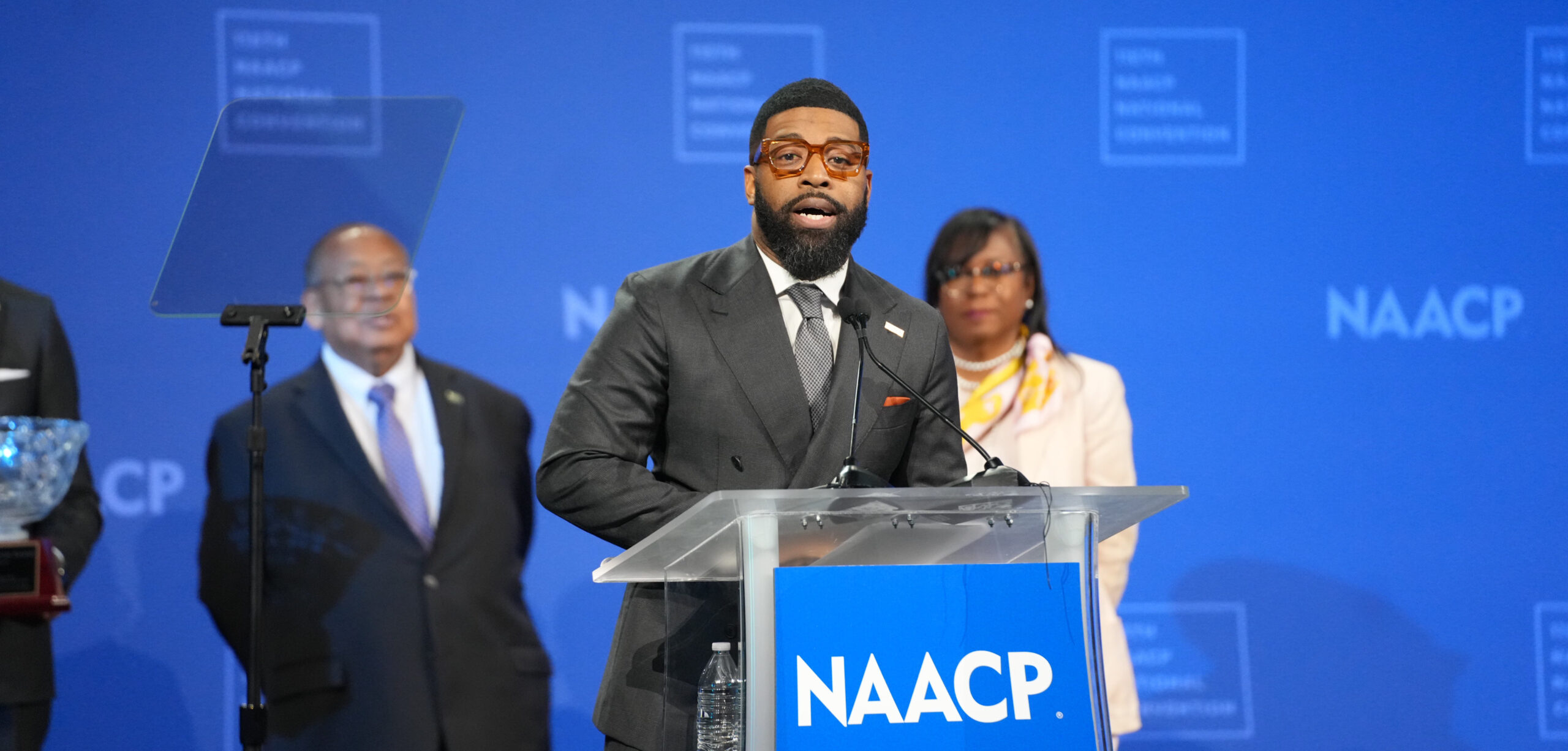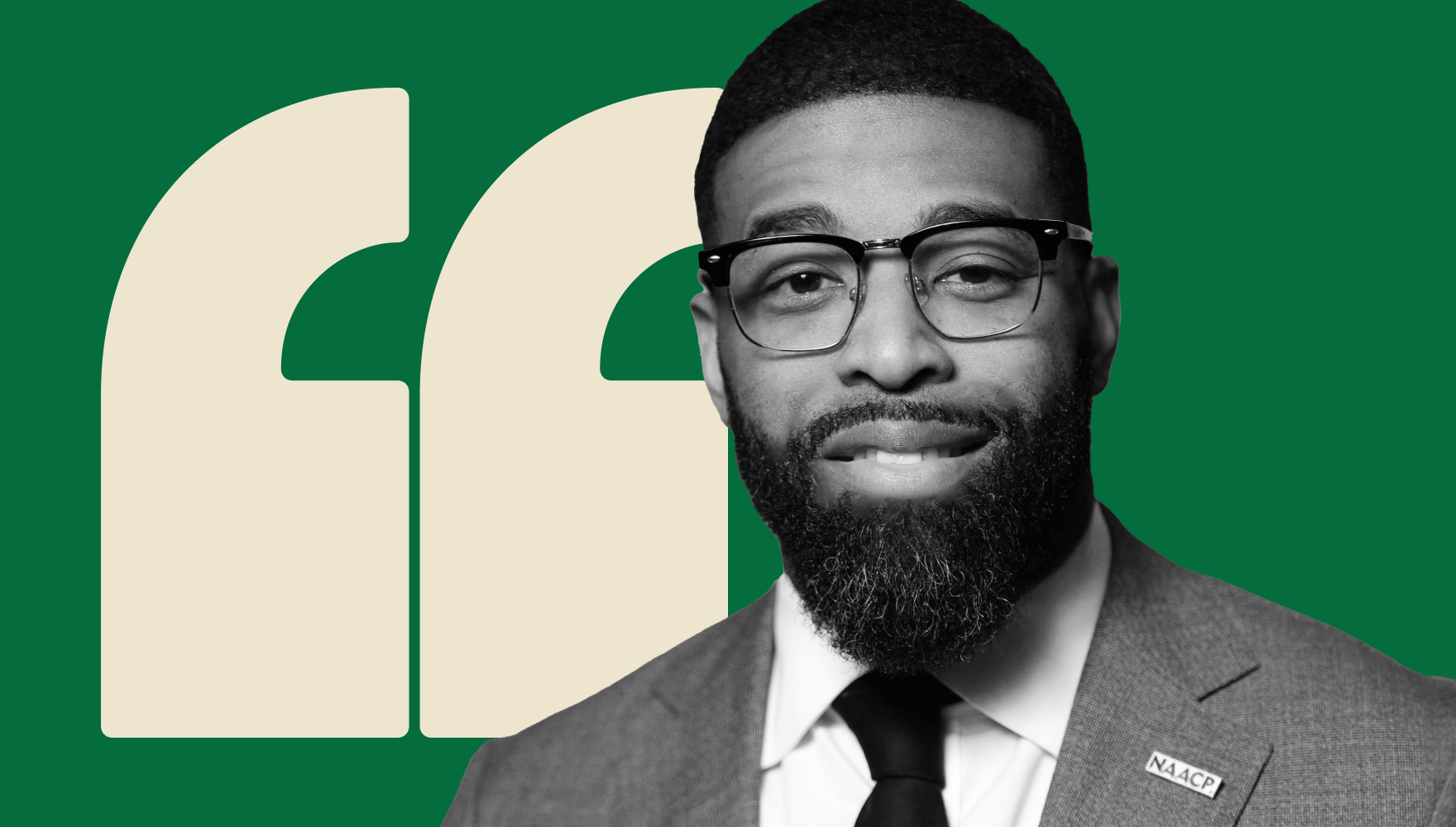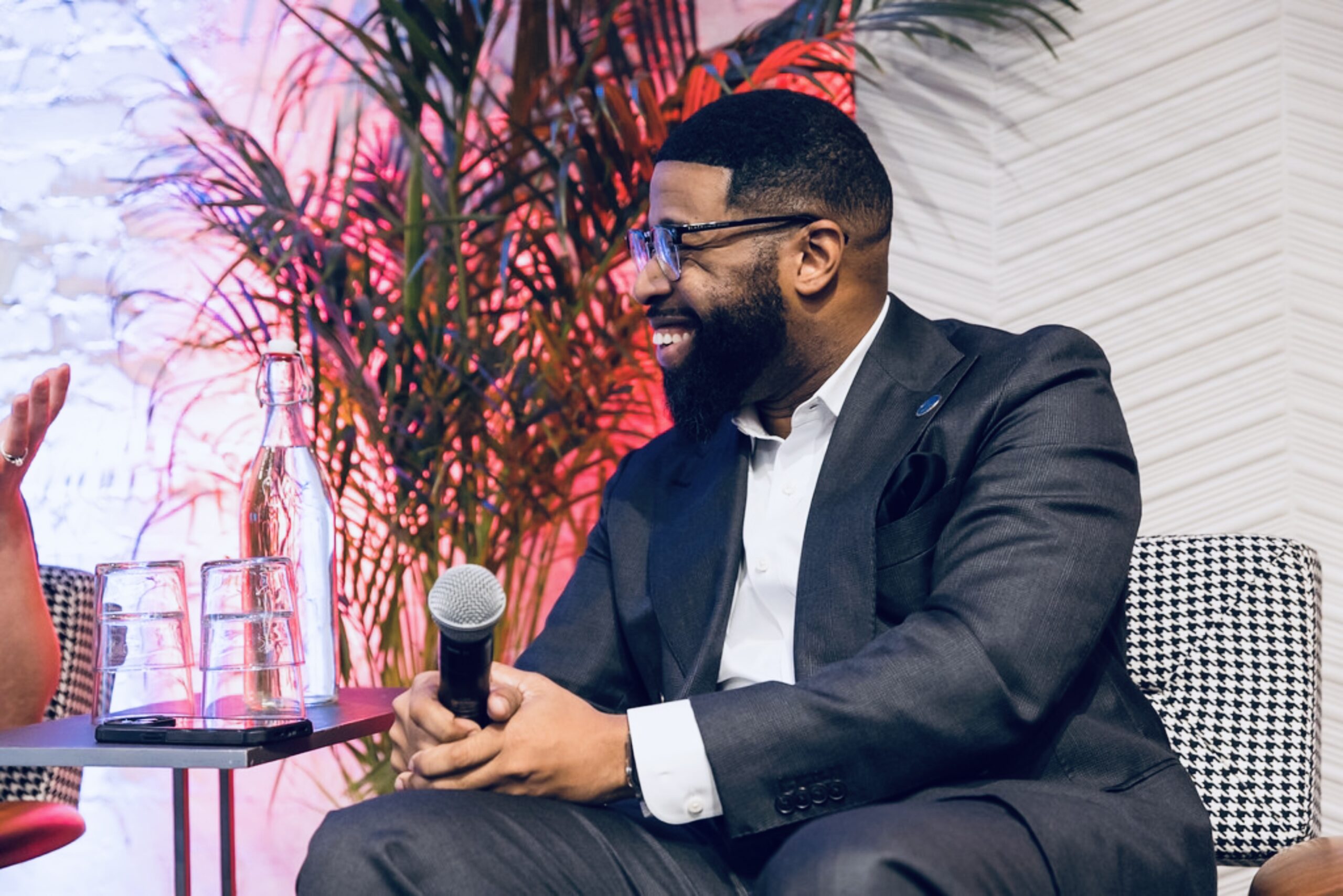When did you know that this career was what you wanted to do?
I can pinpoint a specific moment when I realized this was the career I wanted to pursue. It was the first time I saw Boomerang and Eddie Murphy’s character, Marcus Graham, as a marketing executive. It was powerful for me to see a Black man in that role, leading with creativity, style, and influence. It altered my perception of what was possible, both for myself and for how our culture could evolve. What struck me the most were the “Ah ha!” moments—when creative concepts in the film were turned into actual executions, and you could see the reactions those ideas elicited in people. That feeling of bringing something from my imagination into the world and seeing it move others was something I knew I wanted to try for myself. It was more than just marketing or advertising; it was about storytelling, influence, and the power of creation. That’s when I realized this was more than just an interest; it was a calling.

What keeps you curious?
What fascinates me is how communication is constantly evolving. Platforms, language, and audience expectations evolve so quickly that if you want to remain effective in this industry, you must be open and adaptable. Curiosity, for me, is the key. As demographics shift and new generations emerge with their own preferences and cultural touchpoints, I find it fascinating to investigate what resonates with them—what is not only the most compelling way to communicate but also the most meaningful way to engage. I’m eager to learn how those interactions can evolve from messaging to authentic relationships in which people feel seen, heard, and inspired to act. Every day, I’m intrigued by the challenge of figuring out how to connect authentically with various audiences.
Do you have any brainstorming rituals? What are they?
The first one is prayer. There’s a scripture that says, “If any man lack wisdom, let him ask of God.” I take that seriously. I pray a lot because I know creativity isn’t just about me—it’s about being open to something bigger. I also make a habit of tossing ideas out to my team, sometimes in very raw form, just to gauge their reactions. When I see them expand on an idea, get excited, and start to add their own layers, that’s usually a signal that it’s worth exploring further. If something falls flat, I don’t discard it right away—I might just need to rework my pitch or come back at it differently later. One thing that has served me well is never being afraid of critique. It doesn’t matter if someone reports directly to me or not—if they think an idea is weak, I want to hear it. Trusting the people around me at every level has been essential to producing the best outcomes. For me, brainstorming isn’t about protecting my ego; it’s about creating the space where the strongest ideas can rise.
What are you looking for when reviewing entries at The Communicator Awards?
When I judge entries for The Communicator Awards, I look for bold and innovative concepts—work that not only meets but exceeds expectations. I appreciate projects that challenge communicators to look beyond simply delivering messages and instead investigate what is possible when creativity, strategy, and purpose intersect. The submissions that stand out to me are those that take risks, elevate the craft, and evoke genuine emotion. It is about demonstrating not only technical excellence but also vision—the type of work that broadens our understanding of what communication can accomplish when done at the highest level.

